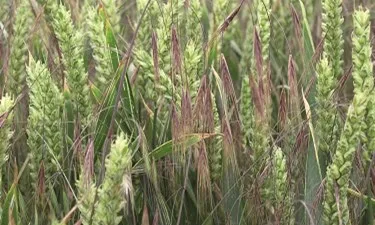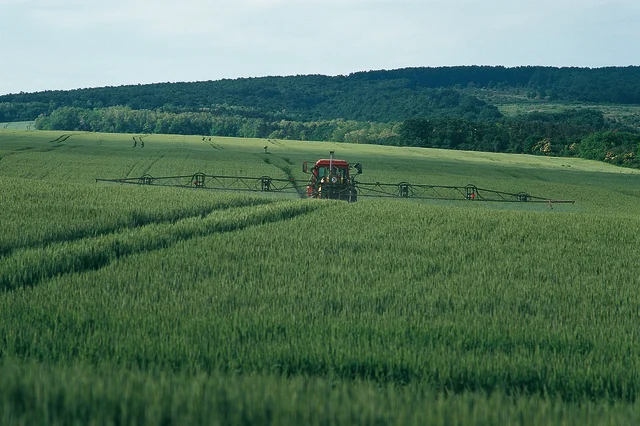Published on 23rd July 2020
Weed Management
8 tips for managing brome

Brome grasses can develop into yield-robbing infestations if not closely managed. With harvest coming up, it is worth considering what you can do before, during and after combining to keep brome grasses in check.
Check populations
Look for patches of flowering brome in fields and map their location. Bromes often encroach from margins into headlands so pay particular attention to these areas. Make sure you note the type of brome; sterile brome and great brome require different cultural controls to meadow, rye and soft brome.
Harvest hygiene
Avoid spreading seed across the farm during harvest. Rye brome and great brome may not have shed seed by harvest so could contaminate the combine causing further infestations. Blow down the combine after harvesting bad areas of brome and consider baling residues rather than chopping and spreading to remove weed seeds.
Cultivate land affected by barren and great brome
Barren and great brome germinate in the dark so prompt cultivation will encourage germination so the plants can be sprayed off before drilling the next crop. If there are lots of crop residues and sufficient moisture, cultivating may not be necessary to stimulate germination.
Delay cultivation for meadow, rye and soft brome control
Light and warmth allow the seeds to ripen and mature on the soil surface. Delaying cultivation by at least one month reduces seed dormancy so seeds can be controlled this season rather than lurking in the seedbank for future seasons. After one month, land can be cultivated, and any emerging brome grasses sprayed off ahead of harvest.
Attention to detail when using the plough
Burying weed seed is an effective management tool but attention to detail is required. Burying immature meadow, rye and soft brome is likely to induce dormancy and create problems for future seasons. Barren brome needs a furrow depth of at least 12.5cm to prevent emergence and great brome requires a depth of 25cm. As with all ploughing for weed control, proper inversion is essential to make it worthwhile.
Direct drilled land is vulnerable to brome
Many farmers have shifted to shallow or zero-tillage systems to deal with black-grass but one side-effect of this is increased problems with brome. Both rye brome and meadow brome have shown themselves adept at thriving in low tillage systems. To date, they don’t cause the same issues as black-grass, but they do need effective cultural and chemical controls.
Spring cropping
Brome is generally an autumn germinating weed so spring cropping is an effective tool to get back control on badly-affected land.
Know herbicide options
There are a wide range of in-crop herbicides that can be used to control brome as well as Round Up (glyphosate) pre drilling. Liberator (flufenacet + diflufenican) as well as pendimethalin all provide good brome control at the pre-em timing. Post-emergence Pacifica Plus (mesosulfuron + iodosulfuron + amidosulfuron) is an effective tool. However, earlier this year the first news of resistance to ALS inhibitors such as Broadway Star (pyroxsulam + florasulam) and Pacifica Plus, was reported. To date, resistance has been found in only a small number of samples, but growers need to use an integratedweed management strategy across the rotation to protect the chemistry available



